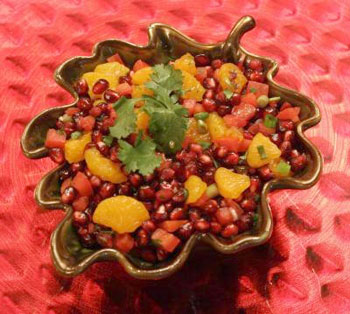 I’m perhaps one of the most happy-go-lucky kind of guys when it comes to food. I eat everything, enjoy a wide variety of foods, and can find something to eat just about anywhere I am. This ease disappears when I talk about pizza and my world view becomes nothing short of black and white. But only with pizza. Stay with me here.
I’m perhaps one of the most happy-go-lucky kind of guys when it comes to food. I eat everything, enjoy a wide variety of foods, and can find something to eat just about anywhere I am. This ease disappears when I talk about pizza and my world view becomes nothing short of black and white. But only with pizza. Stay with me here.
I will eat the fanciest of hamburgers. I will eat the trashiest of hamburgers. In this case, I like the high brow and I can get down with the low brow, too. But pizzas? Forget it. I’ve spent half of my life consuming gummy, bready, greasy, gross pizza and I just won’t do it anymore. In fact, I haven’t in twenty years or so. Because once you taste a Neapolitan-style pizza (my personal benchmark) it’s hard to go backwards. There’s a balance of ingredients, a simplicity in its construction, and to me it gets no better. My apologies to my Chicago deep-dish pizza loving’ friends. I really mean that.
Anyway, when I tend to find my idea of pizza perfection I will visit regularly. It could be a bakery in Rome, a take-away window in NYC, or in this case my local pizza place in Long Beach called Michael’s Pizzeria. I’ve written about it before, and it’s one of my standard go-to places here in town. And for the longest time I refused to veer from their margherita pizza.
But one day a salad on the menu caught my eye, and now it seems to be the only thing I want to eat (in addition to my pizza). Picture this: winter root vegetables, pancetta, roasted pumpkin seeds and herb buttermilk dressing. It’s clean, flavorful, crunchy, with a fantastic balance between the sweet & earthy and the tangy and salty.
 We cannot let November pass without a pomegranate!
We cannot let November pass without a pomegranate!
 In general, shiitakes come in two forms: the slender stemmed variety and the ones which are fatter, with thicker stems and caps. Mitsuwa and SF Supermarket sell the fatter variety, which have a meater flavor.
In general, shiitakes come in two forms: the slender stemmed variety and the ones which are fatter, with thicker stems and caps. Mitsuwa and SF Supermarket sell the fatter variety, which have a meater flavor. Wouldn’t you know it, I went skipping off to the grocery store yesterday, smugly thinking I’d pick up some fiddlehead ferns and/or baby artichokes and blog about cooking one or both of them this week. The grocery store had other plans. In other words, it had neither.
Wouldn’t you know it, I went skipping off to the grocery store yesterday, smugly thinking I’d pick up some fiddlehead ferns and/or baby artichokes and blog about cooking one or both of them this week. The grocery store had other plans. In other words, it had neither. A couple of years ago if someone told you that your blueberries were loaded with anthocyanins, you'd probably have dumped the bowl down the garbage disposal and called 911 to report being poisoned.
A couple of years ago if someone told you that your blueberries were loaded with anthocyanins, you'd probably have dumped the bowl down the garbage disposal and called 911 to report being poisoned. I’m perhaps one of the most happy-go-lucky kind of guys when it comes to food. I eat everything, enjoy a wide variety of foods, and can find something to eat just about anywhere I am. This ease disappears when I talk about pizza and my world view becomes nothing short of black and white. But only with pizza. Stay with me here.
I’m perhaps one of the most happy-go-lucky kind of guys when it comes to food. I eat everything, enjoy a wide variety of foods, and can find something to eat just about anywhere I am. This ease disappears when I talk about pizza and my world view becomes nothing short of black and white. But only with pizza. Stay with me here.